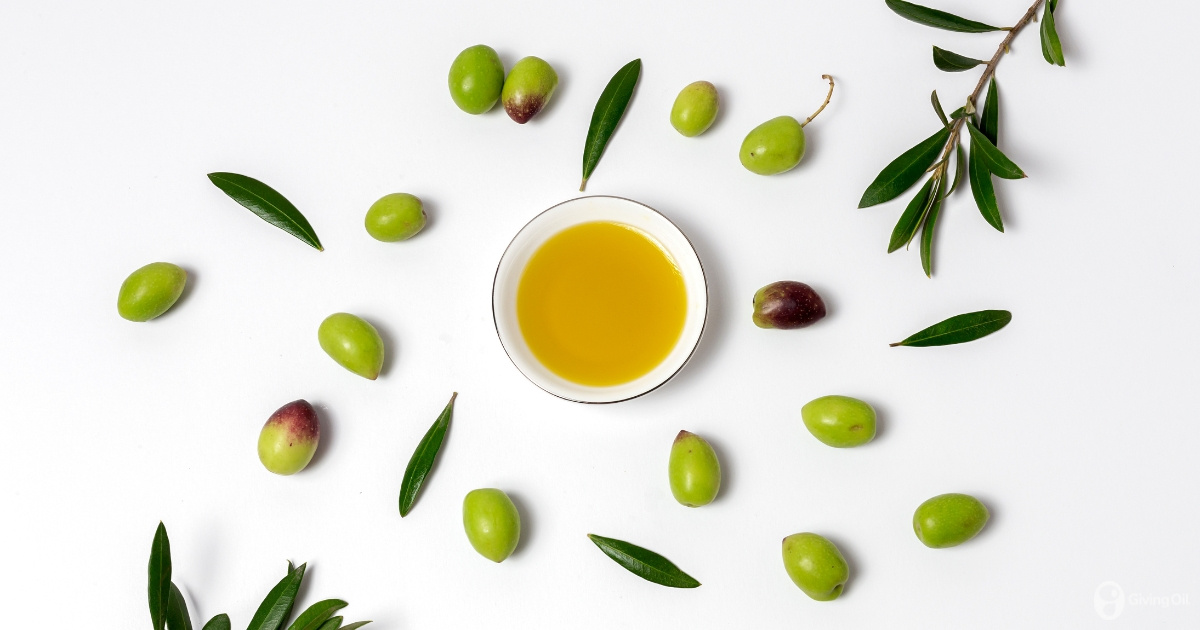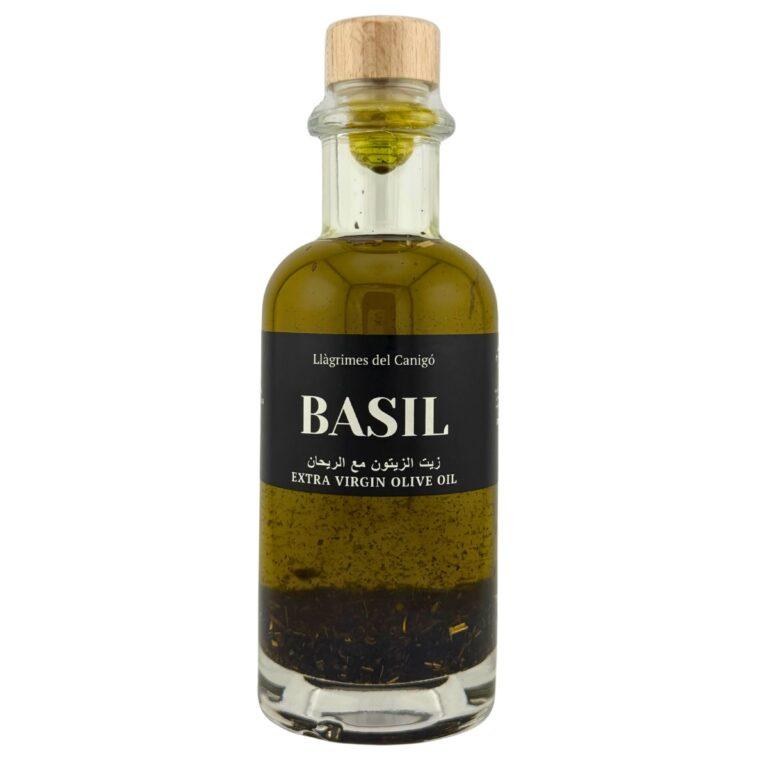
Types of Taste Profiles in Olive Oil
When people think about extra virgin olive oil (EVOO), many imagine a simple, healthy ingredient. But behind every drop lies a complex world of aromas, flavors, and textures, shaped by the type of olive used, the land where it grew, and how the oil was made.
What Is the Taste Profile of Olive Oil?
The taste profile of olive oil refers to the combination of flavors, aromas, and sensations you experience when you taste it. Three main attributes define a high-quality extra virgin olive oil:
- Fruitiness: The pleasant aroma and taste of fresh olives. This can remind you of fruits, herbs, or even nuts.
- Bitterness: A natural characteristic of fresh olives, felt on the tongue. Bitterness indicates healthy antioxidants.
- Pungency: The peppery, sometimes spicy sensation at the back of the throat, linked to the oil’s polyphenol content.
Each olive variety brings a unique combination of these traits, creating endless diversity in taste profiles.
How Olive Varieties influence taste
Just like different grapes produce different wines, different olive types create distinct olive oils. Here are some popular examples:
Arbequina
- Origin: Spain
- Taste Profile: Mild fruitiness, buttery texture, low bitterness, and almost no pungency. Often has notes of apple and almond.
Picual
- Origin: Spain
- Taste Profile: Intense and robust, with strong bitterness and pungency. Aromas of tomato leaf, green herbs, and fig.
Koroneiki
- Origin: Greece
- Taste Profile: Rich in fruitiness with a balance of bitterness and pungency. Notes of green banana, artichoke, and fresh-cut grass.
Frantoio
- Origin: Italy
- Taste Profile: Balanced and complex, with medium fruitiness, moderate bitterness, and lively pungency. Hints of herbs, artichoke, and almond.
Hojiblanca
- Origin: Spain
- Taste Profile: Fresh and aromatic, slightly sweet at first, then followed by medium bitterness and a touch of pepper. Flavors of green apple and herbs.
Each type of olive influences not only the taste but also how you might use the oil in your kitchen — for example, delicate oils for salads and stronger ones for grilled meats.
Other factors shaping taste
Besides the olive variety, several other factors impact the taste profile:
- Harvest Time: Early harvest olives produce oils that are greener, more bitter, and pungent. Later harvest oils tend to be milder and more buttery.
- Climate and Soil: Just like wine, the “terroir” affects olive oil. Hot, dry climates may produce oils with more intense flavors.
- Production Methods: Gentle extraction techniques preserve more aromas and healthy compounds.
Why the Taste Profiles matters
Knowing the taste profiles helps you choose the right oil for the right dish. A mild Arbequina may be perfect for delicate fish, while a robust Picual can stand up to hearty stews and grilled lamb.
When you buy extra virgin olive oil, understanding the profile also helps you appreciate quality — recognizing the artistry behind each bottle.
Related Video about the Taste Profiles
Your favorite Extra Virgin Olive Oil with Giving Oil
At Giving Oil, we live and breathe extra virgin olive oil. We’re passionate about selecting the best oils from trusted producers across the world — so you don’t have to be an expert to enjoy exceptional quality.
Maybe you’re drawn to the smooth, fruity notes of an Arbequina, or perhaps you love the bold, green punch of a Picual. Whatever your taste, we’ve handpicked a range of oils to suit every mood, every dish, and every moment.
Take a look at our online store and find the olive oil that speaks to you. Your kitchen (and your taste buds) will thank you!


































Add comment